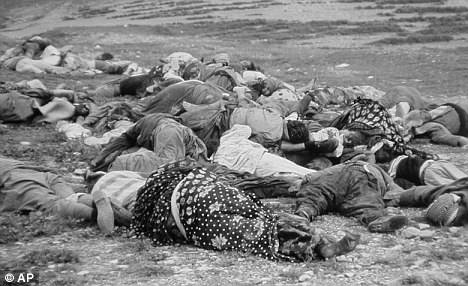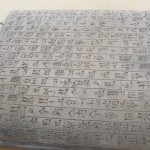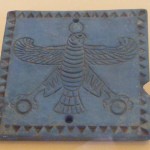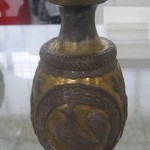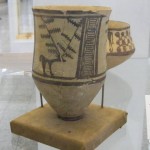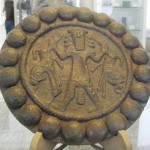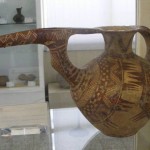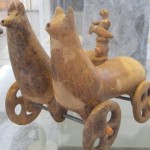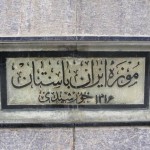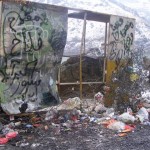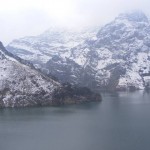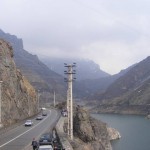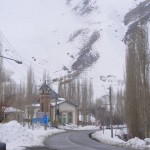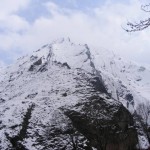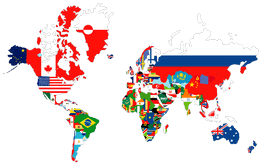February 23rd, 2010 - Hunger and Obesity
“The rich eat when hungry, the poor eat when there is something to eat.” Or maybe I’m just hungry myself now that I think of it. I woke up this morning and had a giant breakfast. An hour later, my grandma made me a sandwich and before lunch I snacked on fruit rollups. This doesn’t even take into account that lunch was a feast in a league of its own. In four hours I ate what I normally eat in 24 hours and for no good reason. I wasn’t hungry, but I couldn’t pass up on foods which I’m not going to have anymore once I get back to the States. Lucky for me, I weigh 150lbs, exercise daily and no matter how much I eat, I won’t gain an ounce. But does it make it right?
The problem of hunger is an inveterate and customary problem that has persisted for centuries. Now if going hungry wasn’t enough, a new calamity has evolved and started to invade the homes of rich and poor globally. It is the very adverse idea of hunger that has begun to shape itself as a new malady: Obesity.
Not too long ago, fat people were just called fat but the language police changed that forever. They evolved to be stout, chunky, hefty, plump, heavy, big-boned or as George Carlin used to call it, “gravitationally disadvantaged.” I wish we all would see things the way they are, not the way some people wish they were. Obesity is a medical term. People started to get so big that the phrase “Obese” wouldn’t quite catch what they were, so a new term had to be invented to describe this ever increasing new class: morbidly obese. That means if the morbidly obese person would go on a diet, exercise and work really hard, he could lose enough weight to be proudly called obese.

Obesity and hunger are the two ends of the same spectrum; poverty. They are also the result of the same phenomena: lack of nutritional balance. Many cultures are beginning to recognize the severity of each condition, but sadly as individual and separate issues. People have remained oblivious to these seemingly contradictory problems, but hunger and obesity have in fact invaded the lives of 1/3 of the earth’s population. As of 2009, the obesity figures finally caught up with the hunger figures of 1.1 billion people worldwide, so now we have the poor in two distinctive looks: fat and skinny. Don’t be fooled by the look, they deal with many fatal health effects such as diabetes and heart disease as the result.
Gone are the days which malnutrition effects were associated with lack of few vitamins and for years, the images of a hungry person was an skeleton or a prematurely aged adult. This is just a peripheral image. Our media has turned its back on those dealing with hunger and only portrays its external, emaciated effects and has become anesthetized to the internal afflictions.
Common disorders, such as a simple flu are killing or permanently immobilizing people by the millions. Malnutrition weakens the immune system, and it is most notable in children fatalities. The four most common childhood sicknesses are diarrhea, acute respiratory illness, malaria and measles, and yearly over 15 million children drop dead by these treatable diseases due to malnutrition. Chronic malnutrition, along with insufficient medication, takes the lives of 36 million people worldwide each year, and the constant hunt for food has left the poor to stuff their stomach with what is not even food, made by multi-billion dollar corporations in colorful wrappings. The poor do not eat when hungry, nor do they know what they should eat. They eat what is accessible and cheap. Unfortunately, the most cost efficient foods are the ones that are high in fat and filled with sugars. Industrialized processed foods have become cheaper and deadlier and continue to fill the stomach of billions of people worldwide. Chronic conditions such as hypertension, stroke, diabetes and cardiovascular disease, are closely linked to obesity.
This irony is more so evident in areas that have traditionally suffered from high rates of hunger for years, such as in south and eastern Asia. China, for example, is becoming a global power with hasty technological changes and so is the Chinese peoples’ diet. The once arduous job of farming has become a mechanical task and with the computer industry claiming 53 percent of China’s GDP, agricultural and computer industry workers account for 73 percent of the workforce in China. More and more desk jobs along with an unbalanced diet have magnified the current staggering obesity rate and will continue to do so.
Rice is the number one crop produced nationally in China and with the recent leap in the cost, it has outweighed the agricultural polarity of Chinese farmers to mass produce this valuable crop and with that, the decline of other necessary and nutritious but economically obsolete crops. Less than two decades ago, rice and vegetables were the dinner staple in China but today’s Chinese cuisine has become a diet of saturated fats, meat, eggs and exorbitant amount of sugar. Silly me who thought that the introduction of the spoon to East Asia and outmoded chopsticks were to blame for the obesity problem!
It is interesting to note that in 2005, ten percent of the China’s 1.3 billion population was living under the poverty line. Eating fast and inexpensive food intermittently probably won’t cause any major health problems, however, having a diet of fat and sugar day after day with little to no physical exercise will result in an epidemic obesity. Soon, China will hold the biggest obese population on the planet.
What we eat and what we don’t get to eat is one side of the problem and filling the garbage can with perfectly good and edible food is something else. 124.4 billion pounds of edible food was wasted by U.S. retailers, restaurants, and consumers in 2008 – about 1.5 pound of waste per day for every adult and child in the nation at that time. This does not include the amount of food lost on farms and by processors and wholesalers.
On average, a family of four throws away about 121 pounds of food in the garbage can each month. That’s 1452 pounds a year! That amounts to 18.5 pounds of grains, 10.4 pounds of meat and fish, 15 pounds of sweetener (liquid and solid), 8.6 pounds of fats and oils, 24 pounds of fresh fruits and vegetable, 10.5 pounds of processed fruits and vegetable, 22 pounds of milk and 12.8 pounds of other foods including eggs, nuts, beans and dairy products. If you’re shaking your head in denial, please go eat the moldy bread that has been sitting on your kitchen counter for weeks now.
We humans are ultimately our own executioners. A change has to come from within with nutrition and sustainable living education, otherwise we are dashing fast down a slippery road and we have no one to blame but ourselves. This is your turn. Please donate a few dollars so we can educate and help those in need.
